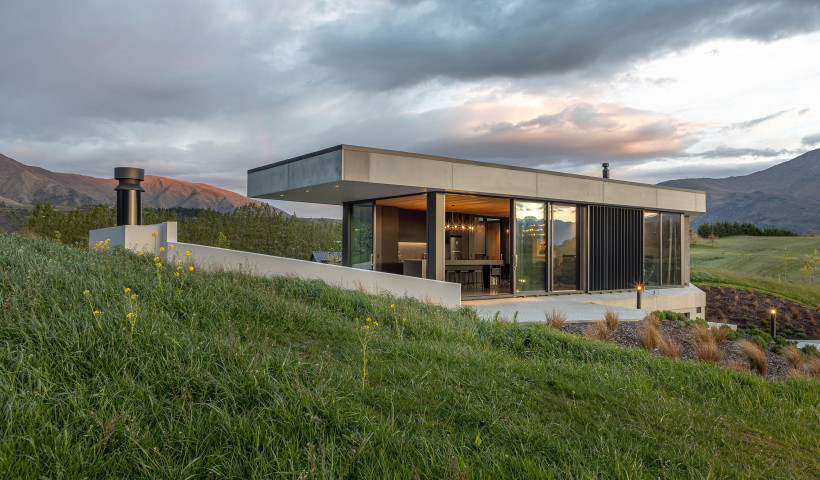
An element of fear is necessary in the practice of architecture if bold and successful projects are to be executed. That's the view of noted American architect, Tom Kundig, who spoke before a large audience during a recent visit to Auckland.
Kundig, whose designs for residential projects in the vast rural spaces of the American northwest have attracted an international following, showcased a number of buildings that blend innovation with a strong sense of respect for location and landscape.
Kundig was the international jury member of HOME magazine's Home of the Year award, which is sponsored by Altherm Window Systems. The competition is New Zealand's richest architectural prize, with an award of $15,000 for the designers of the winning home.
Many of the homes and cabins that Tom Kundig spoke about involved innovative designs and mechanisms to link interior spaces with the natural terrain while still maintaining an intimate sense of refuge for the building occupiers. "Some of the things you decide to do might make you a bit scared," Tom told his audience, "but fear is important to the experience of life."
In his celebrated Chicken Point Cabin project in Idaho, Kundig included a glass window wall that opens like a tilt-a-door, with the help of a hand-cranked pivoting system. The client said, "'Wouldn't it be cool to open up the front of the house to the lake?’ I knew it was possible," said Kundig, "but it involved taking risks." Designing the contraption that made it all possible fell to Kundig's colleague at Olson Kundig in Seattle, Phil Turner, who has been responsible for the user-friendly engineering innovations that feature in a number of the homes designed by the practice. "He's a genius," said Tom of the 75-year-old, self-taught technician.
Other hand-operated elements in other Tom Kundig homes include roofs that tilt back, massive sliding doors and shutters that retract across eye-popping spans or lower to spandrel spaces to open up views.
"I'm a little nervous about building machines, as they could be seen as gimmicks," said Kundig, "but they enable you to do things that people think you can't do. They are a way of solving problems."
Kundig paid tribute to his clients. "Residential work is very personal. People are taking a huge risk. There's a lot of emotional and financial capital at risk. Clients are a really extraordinary group of people."
Though his 150-person practice has about 50% of its work in the commercial sector, Tom said that smaller scale residential projects kept him enthusiastic. He has large commercial developments that he personally works on but a parallel involvement with residential work was vital to his motivation.











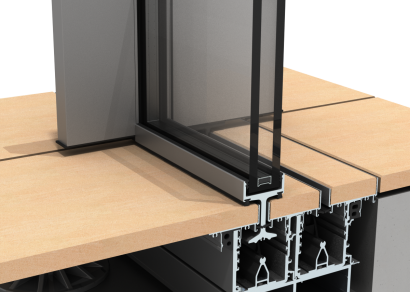

 Product News
Product News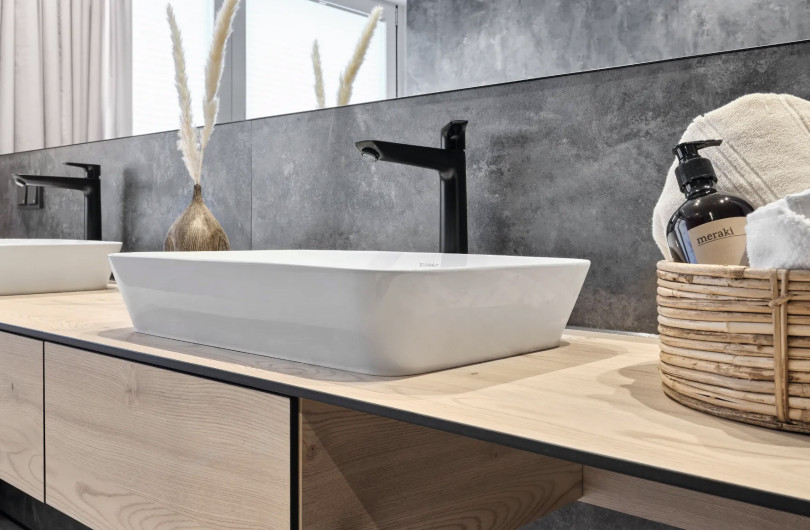
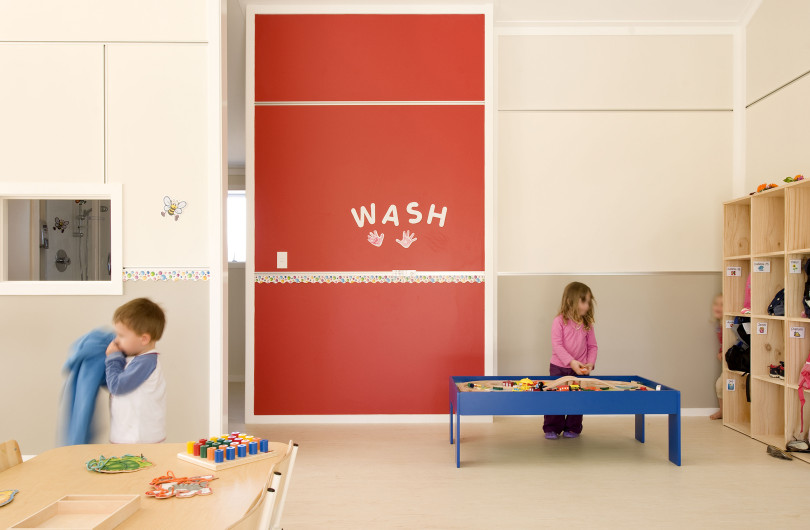








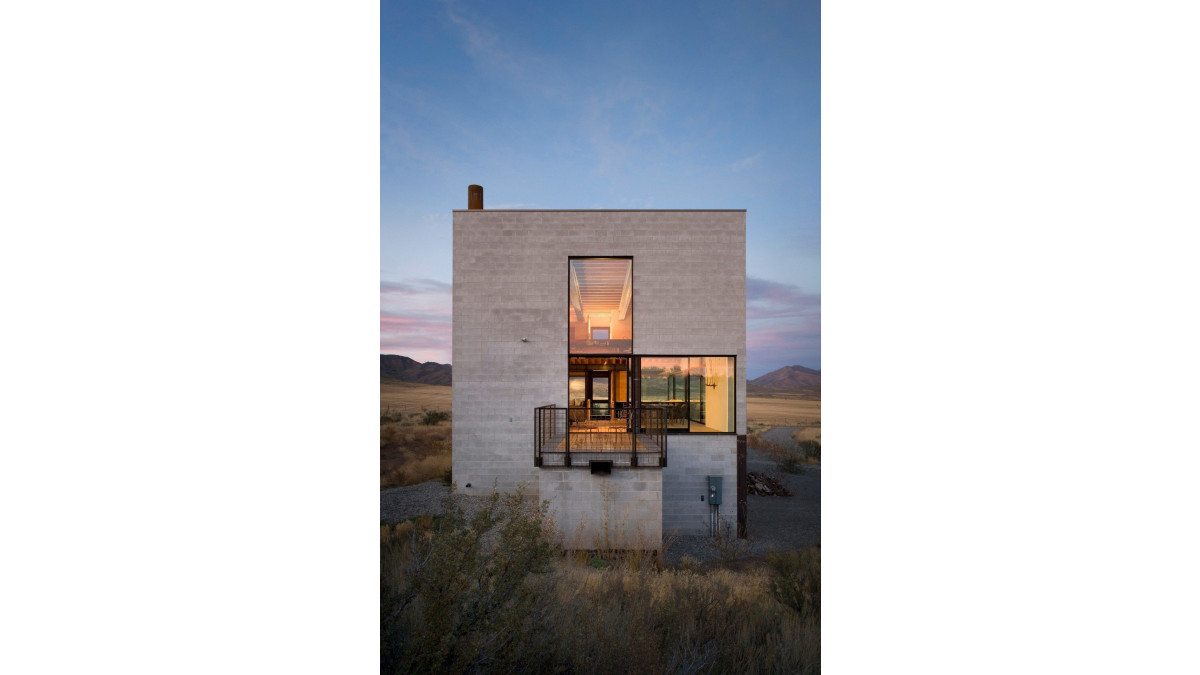
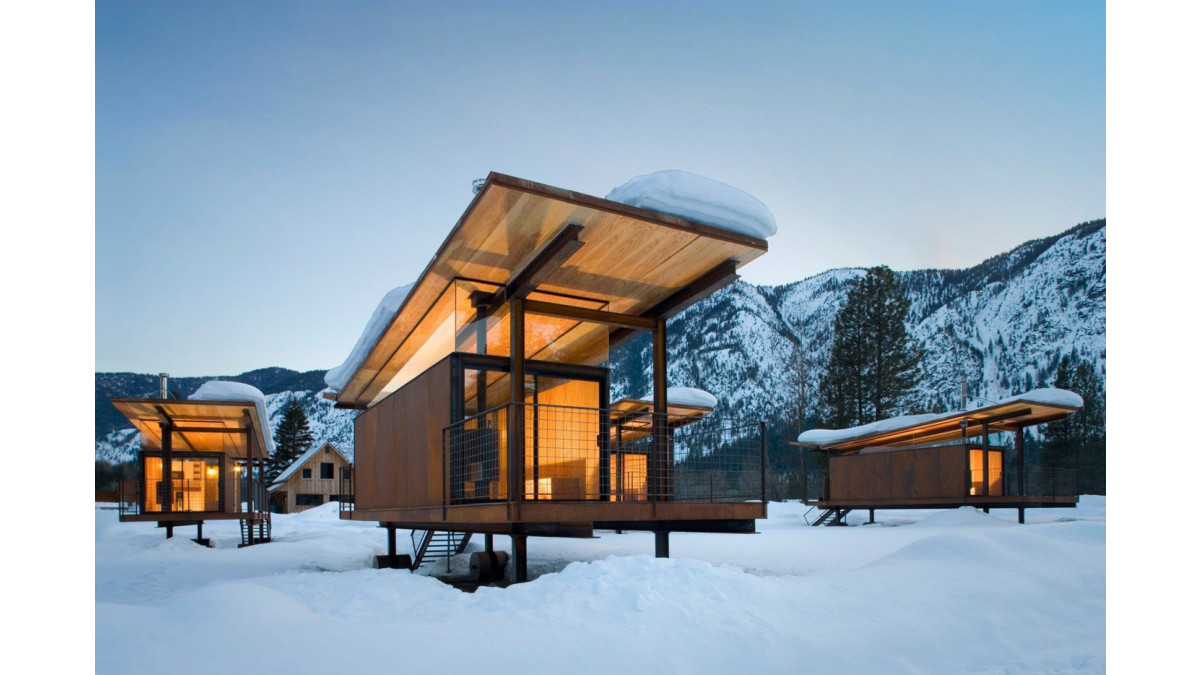
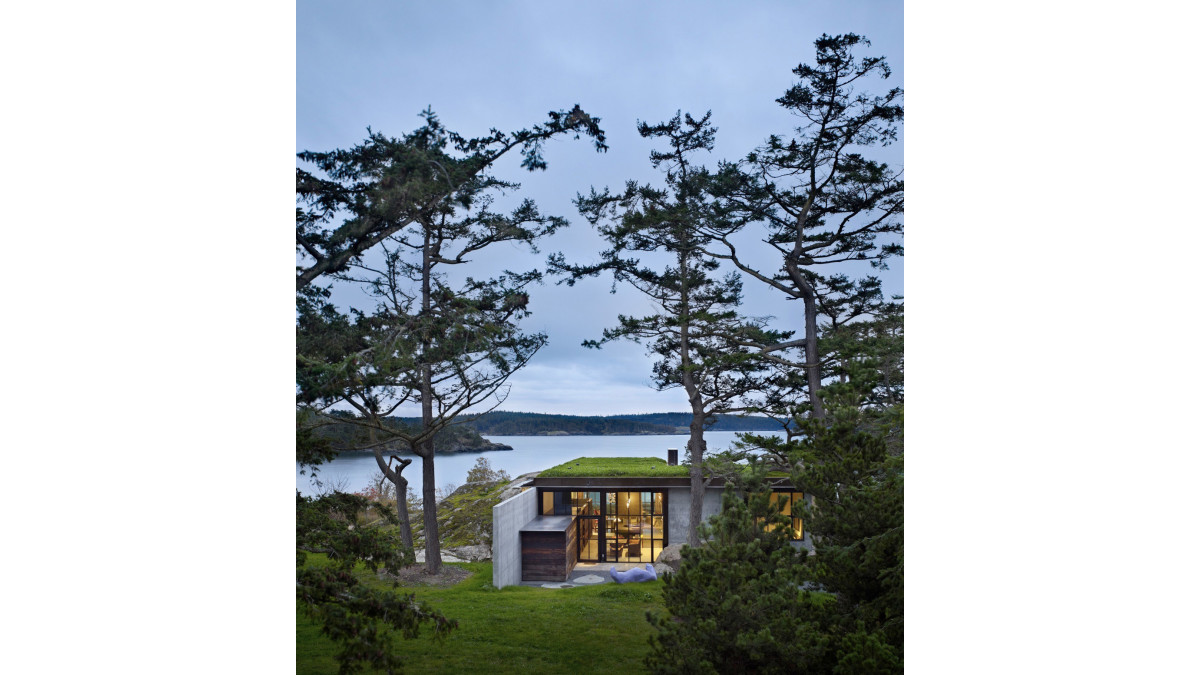





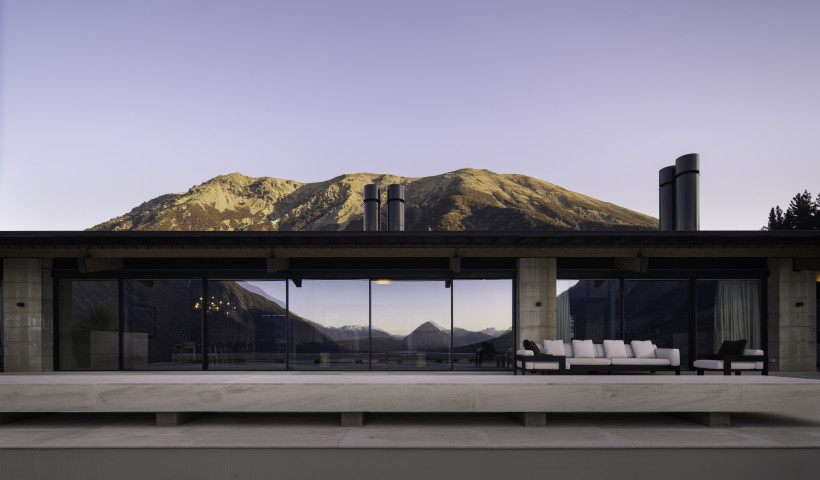

 Popular Products from ALTHERM Window Systems
Popular Products from ALTHERM Window Systems


 Most Popular
Most Popular


 Popular Blog Posts
Popular Blog Posts
